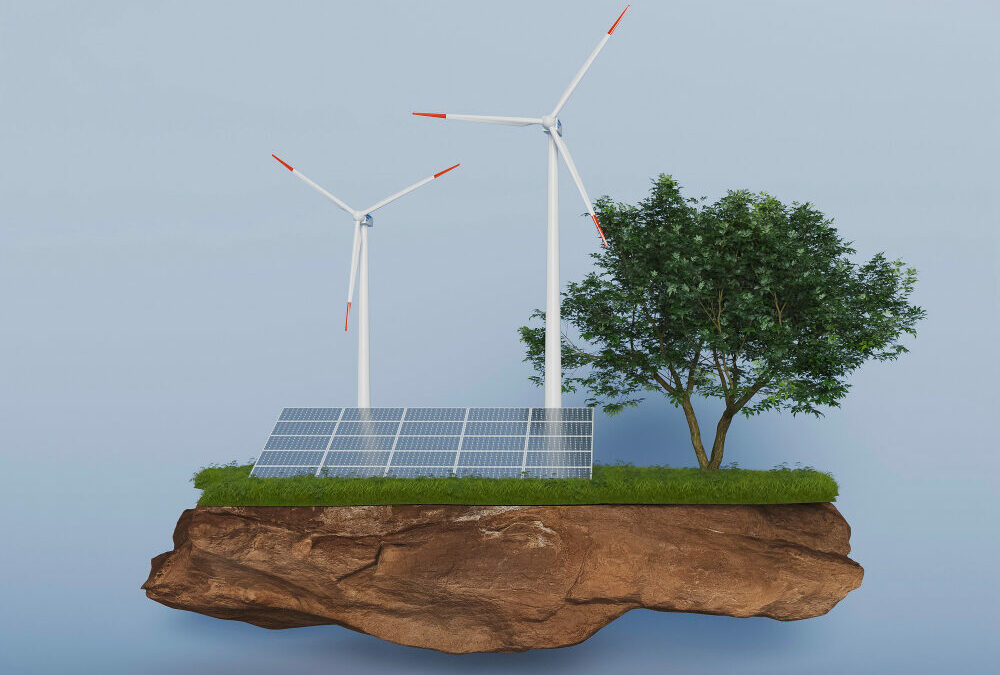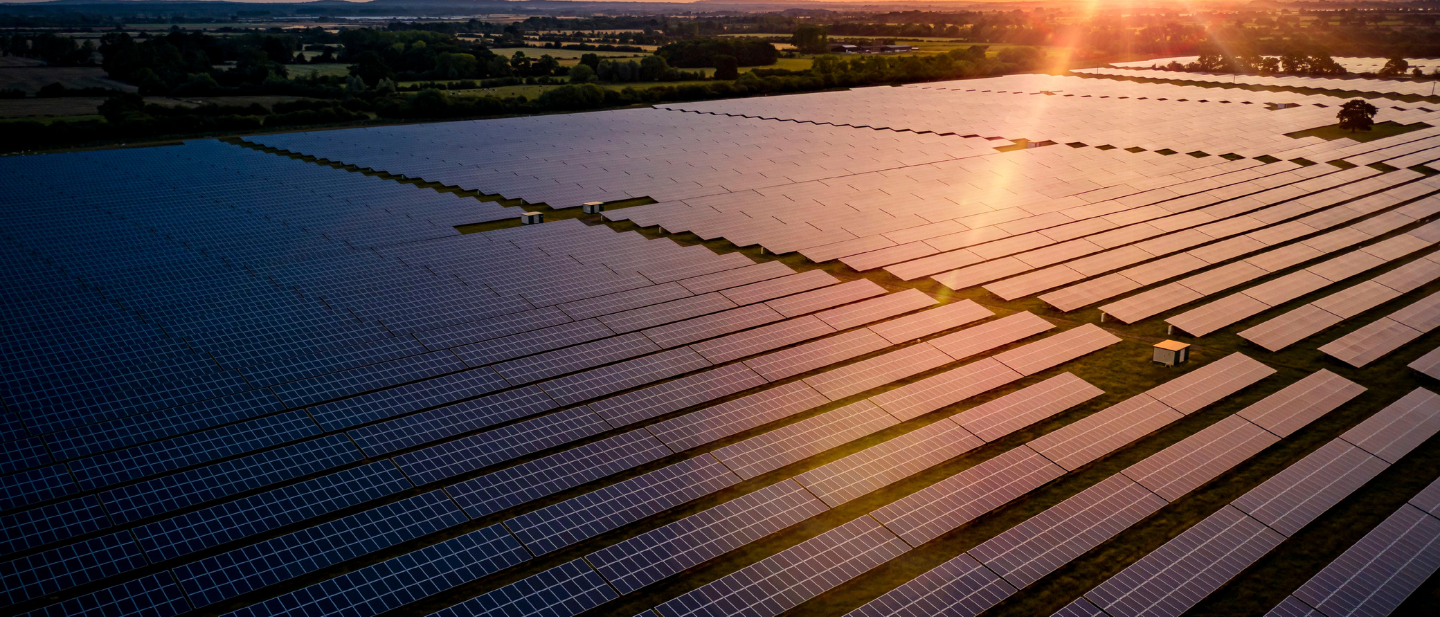The population is growing aggressively. We are now 8 billion!
Consequently, the energy demand is increasing. With non-renewable sources depleting, it has become very important to find sustainable sources of power that can meet our needs without harming the environment. Renewable energy is the answer to this problem, and it’s a solution that is rapidly gaining traction around the world.
A brief about renewable energy
Renewable energy is generated from natural resources like water, wind, and sunlight. The word “renewable” implies that this energy will not be depleted because it is constantly replenished. This is why renewable energy is a sustainable option and is better than fossil fuels and other non-renewable sources.
Besides not running the risk of depletion, renewable sources of energy are also much better for the environment. Unlike fossil fuels, renewable energy sources produce very few greenhouse gases or other pollutants, meaning they don’t contribute to climate change or air pollution. This makes them a much safer and healthier option for both people and the planet.
India’s role in driving the usage of renewable energy
India has recognized the potential of renewable energy and is making significant efforts to shift towards it. The Indian government is working towards achieving 175 GW of renewable energy capacity, including 5 GW of small hydropower, 10 GW of biomass power, 60 GW of wind power, and 100 GW of solar power. This is an incredible approach by India as it currently relies on coal-fired power plants for energy, and we must have alternatives in place before we exhaust this precious non-renewable source of energy.
To achieve this goal, the Indian government has launched several initiatives, such as the National Solar Mission, the National Wind Energy Mission, and the National Bioenergy Mission. These initiatives aim to increase the adoption of renewable energy technologies, promote research and development in this field, and make renewable energy more accessible and affordable.
The government has also implemented several policies to encourage the growth of the renewable energy sector, such as feed-in tariffs, net metering, and renewable purchase obligations. These policies provide financial incentives for businesses and individuals to invest in renewable energy and help to create a more stable and predictable market for renewable energy technologies.
Thanks to these initiatives, India has become a global leader in renewable energy. The country has one of the world’s largest renewable energy capacities, and it is well on track to achieving its target. This has not only helped to reduce the country’s carbon footprint but has also created thousands of new jobs in the renewable energy sector.
Conclusion
In conclusion, renewable energy is the future of sustainable power, and it is heartening to see that India is making significant strides in this direction. With more and more countries recognizing the benefits of renewable energy, we can hope to see a world powered by clean, renewable sources of energy, ensuring a healthier and more sustainable future for all.
Permionics has multiple projects in the pipeline that are major steps toward a sustainable and conscious tomorrow.




